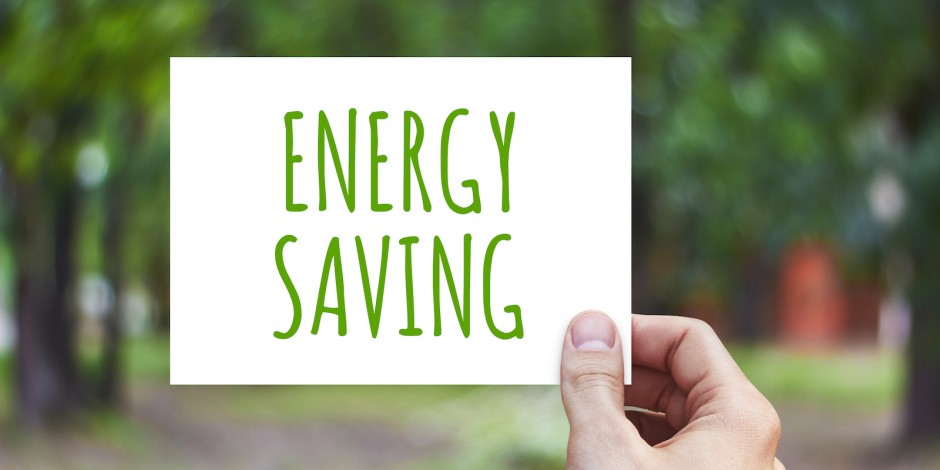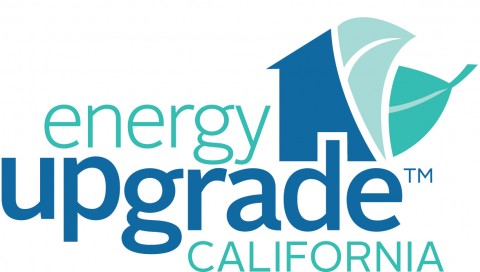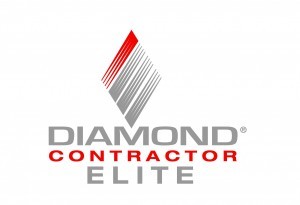3 Steps to Take Before Going Solar

You’ve heard about how solar energy can reduce your carbon footprint and eliminate or at least help you greatly reduce your energy bills. You also know that there’s a great 30% federal tax credit and rebates waiting when you install those solar panels and increase your home’s value, so you’re raring to go. It’s an investment, but you’re ready to make it and start seeing that return on investment.
But what should you do before you actually get your home’s solar PV system installed?
Jumping the gun and installing a solar system before reducing your home’s energy usage can have less than impressive results. Taking steps to reduce the amount of energy your home uses will ensure that when you do have solar panels installed, they can produce enough power to mostly, if not entirely, cover your home’s needs.
1. Air Seal Your Home
Most homes have plenty of gaps and cracks within their building envelope that are constantly letting air in and out. So imagine just how much heated air escapes your Sacramento area home during the winter and how much hot air enters during the summer.
When you air seal, you’re effectively plugging all those cracks and gaps. Not only does this result in a more comfortable home with steadier temperatures and no drafts, but it also stops your heating and cooling systems from having to work overtime. When your HVAC system doesn’t have to blast hot or cold air constantly you greatly reduce your home’s energy use, making air sealing a great first step to take when considering going solar.
2. Update Your Home’s Insulation
High-performance insulation keeps a home warm during the winter and cool during the hotter months. The higher an insulation’s thermal resistance or R-value, the better thermal barrier it offers.
An efficient thermal barrier keeps a home more comfortable and reduces the need for heating and cooling throughout the year. By upgrading to high R-value, professionally installed insulation, your home will require less energy during every season and keep you comfortable.
3. Install New Energy Efficient HVAC Equipment
If your home has a heating or air conditioning system that is over ten years old, it might be a good idea to replace it before going solar. When your home is sufficiently air sealed and insulated, a professional HVAC contractor can calculate the heating and cooling load of your home to properly size a new, energy efficient system for you.







